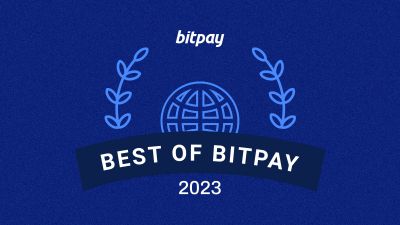
A massive diamond just sold on Sotheby’s for a whole lot of crypto.
Art and jewelry brokerage Sotheby’s put a 101.38 carat diamond up for auction, fetching over $10 million in crypto for the rock on July 9.
The diamond “sold for $12.3 million to an anonymous buyer last Friday at Sotheby’s Hong Kong,” MarketWatch reported on Monday. “It’s the most expensive gem ever purchased with cryptocurrency, according to Sotheby’s,” MarketWatch added.
News of the crypto-friendly diamond auction surfaced in the latter half of June, with estimates forecasting the diamond to hit prices somewhere in the ballpark of $15 million. Called “The Key 10138,” the diamond’s name reportedly pays homage to crypto industry lingo. (Private keys give access to each crypto owner’s holdings.)
Anonymity and pseudonymity are not uncommon in the crypto industry. Crypto traders and social media personalities often comment on Twitter via pseudonymous profiles. Even the creator (or creators) of Bitcoin (BTC), the asset that started the whole crypto industry, remained pseudonymous under the name Satoshi Nakamoto.
It’s fitting of the crypto industry that the diamond auction would yield an anonymous buyer, paying in crypto. Results of the auction did not include which digital asset the buyer put up as payment, according to MarketWatch. Buyers had the option to wager their offers for the diamond in Bitcoin, Ethereum (ETH), or regional currencies (fiat).
Related: Bitcoin price will see breakout ‘during this week’ says trader with $38K target
On July 9, Bitcoin’s price approximately traded between $32,670 and $34,170, based on Cointelegraph’s Bitcoin price index. Ethereum traded roughly between $2,070 and $2,180 on that day. Using a price of $33,000 per Bitcoin, the buyer would have paid about 372 BTC for the diamond. If paying in ETH, the rock would have cost about 5,857 ETH, assuming a price of $2,100 for each ETH coin. The actual totals were not shared, however, so the aforementioned simply serves as a logical benchmark of potential based on price action on July 9.
Go to Source
Author: Benjamin Pirus




